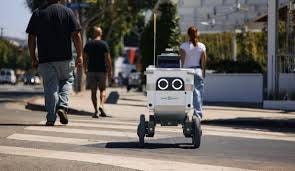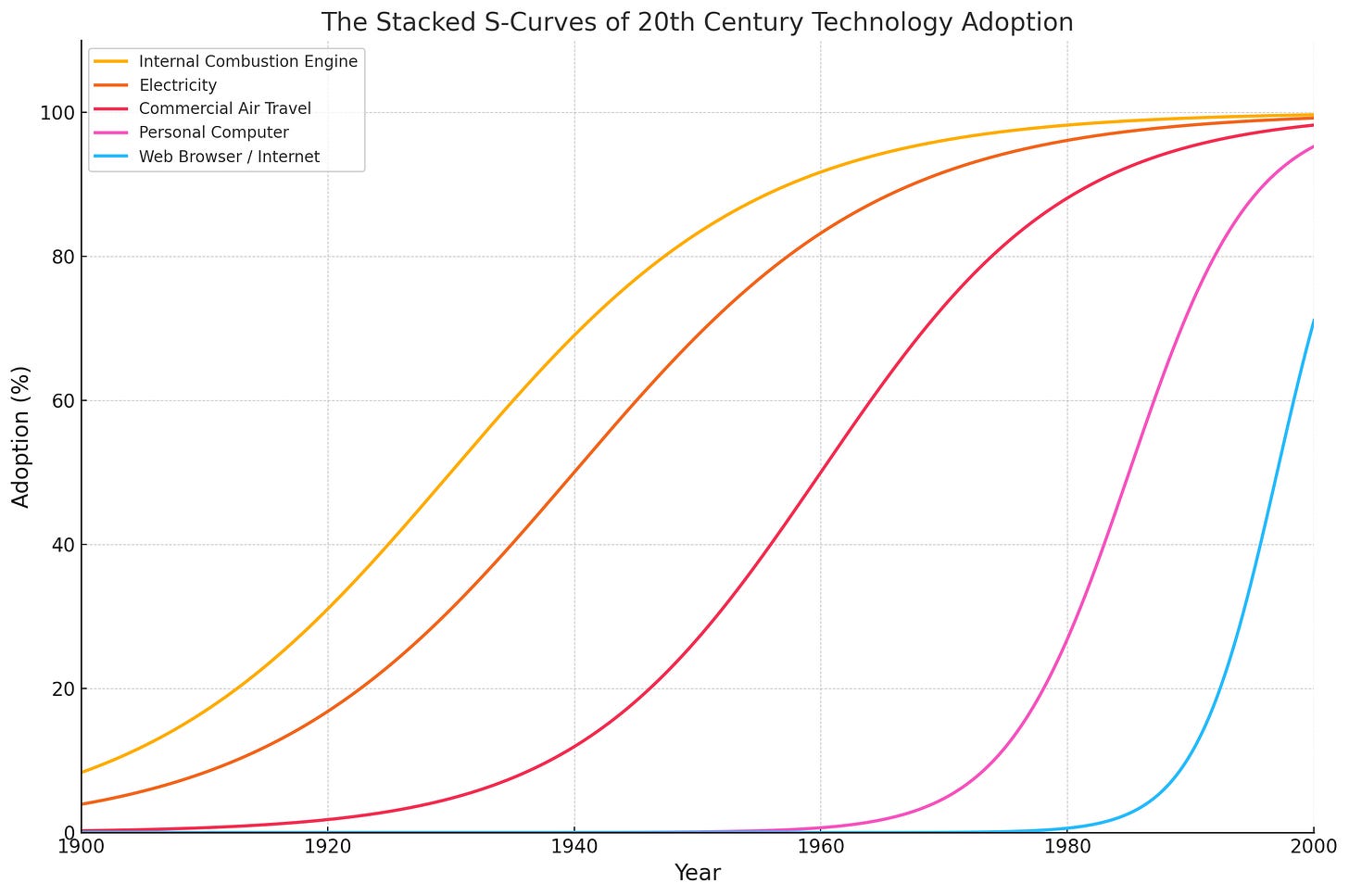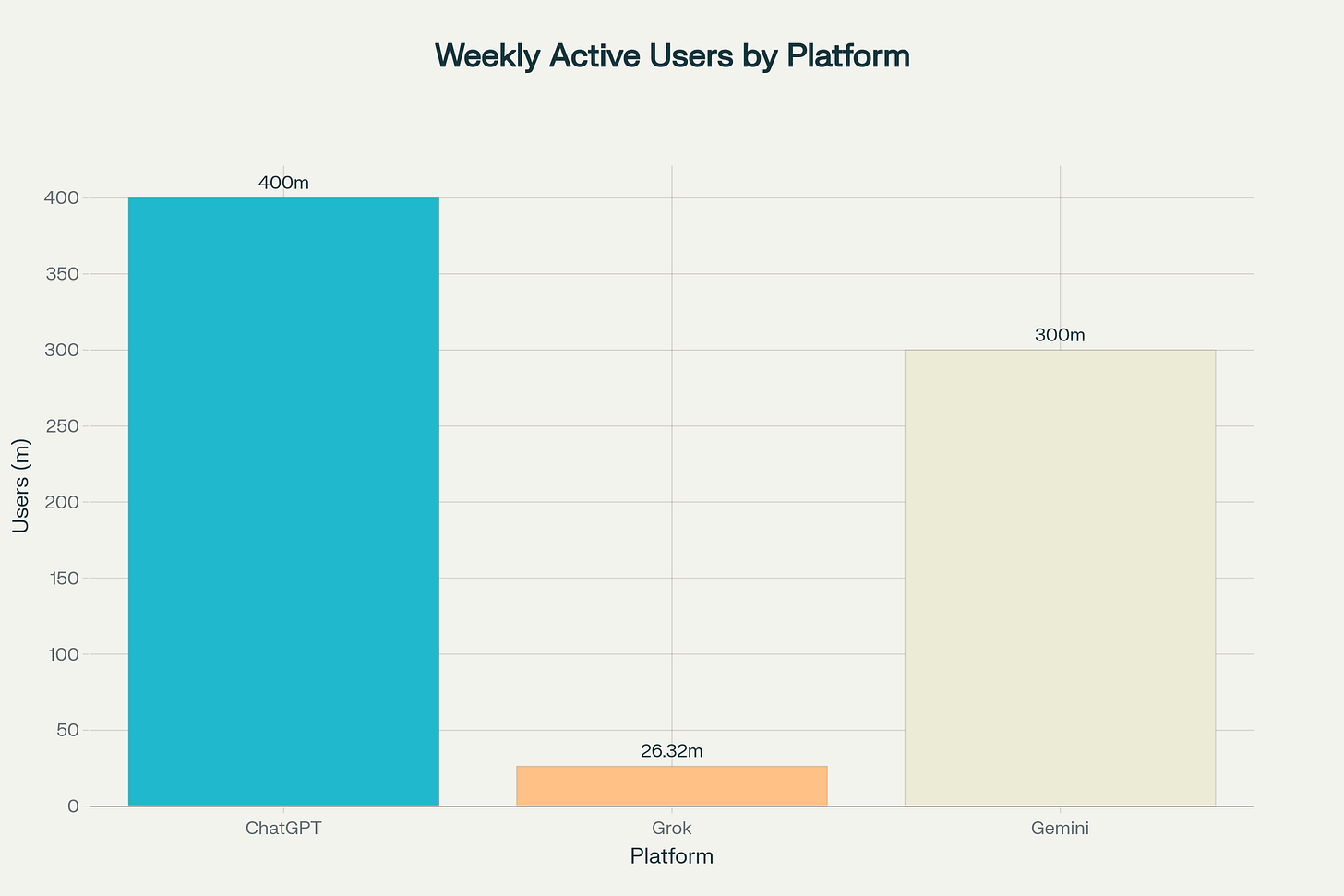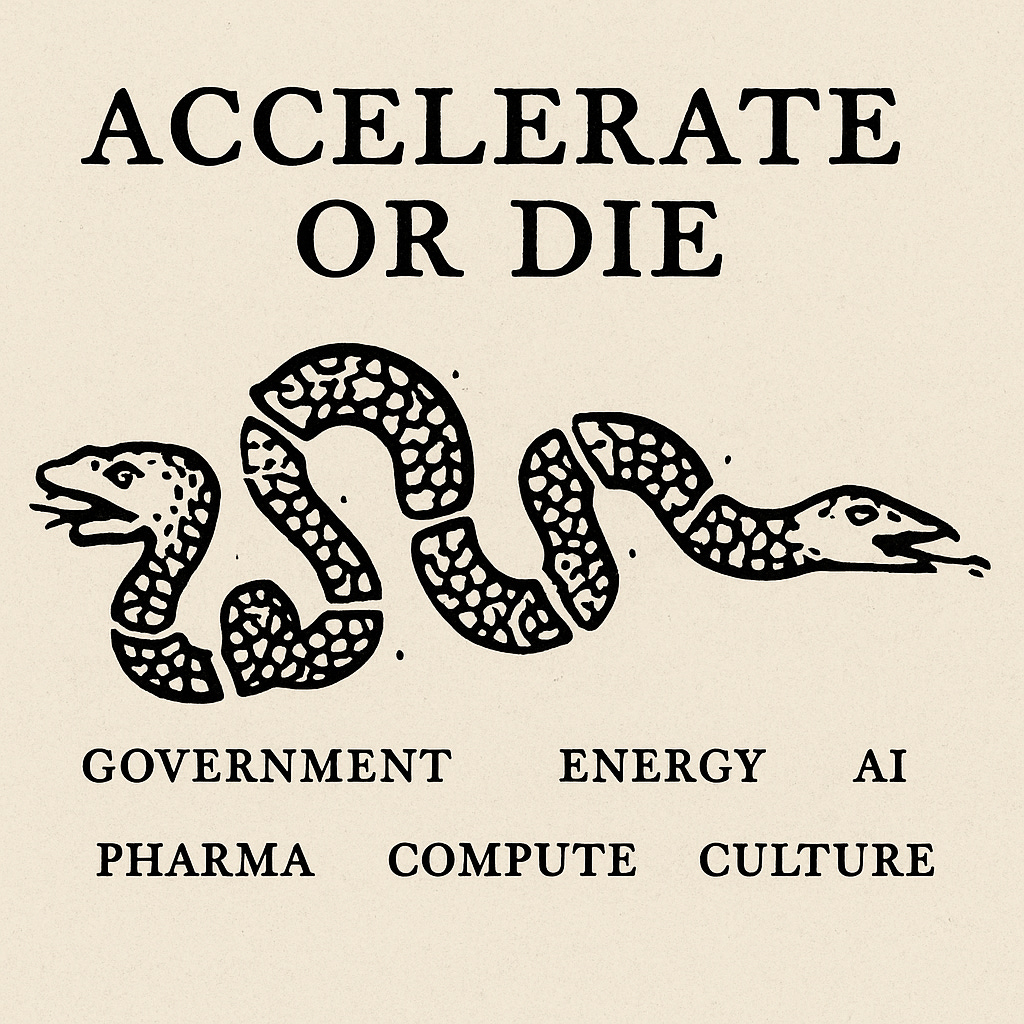Millennials are the last generation to remember life before anything was online
Gen Z is the last generation to remember life before everything was online
I went to a grocery store the other day and a robot (with googly eyes and a smile) was patrolling the floor, reporting spills to management.
In an airport lounge, a robot was traveling table to table, allowing passerby to load dishes, which it would bring back to the kitchen.
In city streets, robots dutifully wait for the crossing light to turn green as they delivery Uber Eats and Doordash.
We’ve started using gene therapy to employ viruses or bacteria to treat previously uncurbable illnesses and disorders.
And we launch super heavy boosters to space, and catch them as they fall back to Earth.
And yet. Birds still chirp. The Sun rises in the east and sets in the west. People go to work, raise kids, and scroll on their phones.
But something fundamental has already shifted. We’ve crossed the threshold where digital intelligence is no longer a toy or a demo. It’s now a meaningful input to the global economy. We’ve passed the Singularity.
What is the Singularity
A singularity is a point in space, time, or mathematics where certain quantities, such as density or curvature, become infinite or undefined, causing the usual laws or rules to break down.
In other words, its a point in time where we have little to no priors, and what got us here, won’t get us there.
The Technological Singularity, popularized by Ray Kurzweil, is often imagined as a specific moment. A sharp rupture in history when AI becomes smarter than us and changes everything. But that framing misleads. It sets us up to look for fireworks, when the real transformation arrives as infrastructure.
The Singularity is not a countdown. It’s an S curve. Not a single S-curve, but a nested stack of them, each compounding on the last. We’re not waiting for it. We’re in it.
Quiet Superintelligence
The most powerful intelligence system ever created is already available in your pocket. You can talk to it through a UI interface no different than a text message.
It writes the first draft of your emails, drafts code for the non-technical, and plans your vacation day trips. It helps you interpret complicated medical jargon. Students use it to work through dense articles. Engineers simulate real-world systems. It helps GED’s understand legalese.
It’s not perfect, but it does enough useful work that hundreds of millions of people rely on.
2025 gave us models that can do real cognitive labor. By 2027, we may have systems that discover original insights. By 2028, robots will likely begin doing unsupervised tasks in the physical world.
If that sounds fast, it is. But it will not feel fast as it happens. Each year will contain its own manageable surprises. A new model, a new product, a new use case. The world will still seem mostly familiar. Until you step back and realize how much has shifted.
The Curve Is Already Steep
What makes this period singular is not just AI, but feedback. Each gain enables the next. Models help design chips, chips help train better models. Models help optimize energy usage, energy fuels more compute. Intelligence and energy are becoming abundant at the same time. And when those two bottlenecks start dissolving, the speed of everything else picks up.
Already scientists report they are two or three times more productive with AI tools. If research becomes 10x faster, we don’t just get more of the same. We get new fields, new paradigms, and eventually, new laws of nature. The tools we’ve built are helping us build better tools. It’s not fully recursive self-improvement, but an augmentation of human abilities.
In parallel, the physical substrate of intelligence is scaling. Datacenters are being built in months, not years. The marginal cost of cognition collapses toward the cost of power.
And power itself is getting cheaper and cleaner. If we can unlock Fusion, we secure the prosperous future of humanity.
Life Will Feel Normal, Until It Doesn’t
You will still go outside and walk along the water. You will still laugh at your friends’ bad jokes. You will still flirt with pretty girls and lift weights at the gym. You will still teach your child how to walk. In all the ways that matter most, life will remain human.
But beneath the surface, capabilities will compound. The delta between what an individual can do in 2030 versus 2020 will be astonishing. People will build end to end software from a prompt. Founders will build companies in a week with a team of three. New grads will operate as if they have five years of experience, and experts will expand what is possible.
The result is not a dystopia. Nor is it utopia. The result is an acceleration that society will learn to digest, one phase shift at a time.
Bottlenecks to Watch
Even in a gentle singularity, there are friction points. Some are technical, some are political, most are human. We have to learn not snatch defeat from the jaws of victory.
Alignment: Systems are already powerful enough to cause real harm at scale. We’ve seen how social media recommendation engines can warp attention and short-circuit long-term goals. We still don’t know how to make AI robustly optimize for what people actually want over time. Getting that right matters more than model size.
Distribution: If access is controlled by a few companies or states, the benefits will be asymmetrical. We need to spread intelligence widely. Open access is not a luxury. It’s the only way to prevent strategic capture of the future.
Energy and compute: Datacenters don’t run on sentiment. They run on kilowatt-hours and silicon. The energy transition must accelerate alongside the intelligence explosion. Otherwise we will bottleneck on physical limits, just as our tools reach escape velocity.
Cultural lag: We are built to normalize magic. That’s good and bad. We adapt quickly, but we also lose perspective. What amazed us six months ago becomes a baseline expectation. The danger isn’t that the singularity will overwhelm us. It’s that it will underwhelm us, lull us into a false sense of security, and stop us from thinking from first principles about the benefits and pitfalls of this new technology.
From Here to There
By 2035, the world will be wildly more productive, more strange, and more full of opportunity. We may solve quantum gravity and build better batteries. We may crack longevity or start terraforming Mars. Or we may simply make a billion lives less constrained by scarcity.
A farmer from the year 1000 would look at your job today and assume you were playing games to amuse yourself. The jobs of the year 3000 will seem even more surreal. But they will feel just as urgent, just as valuable, just as real to the people doing them.
The gentle singularity won’t arrive all at once. It arrives in waves. In browser tabs. In background updates. In new affordances that, at first feel like magic, and quickly feel like table stakes.
History may not record the singularity as a date. But if we keep building, keep aligning, and keep distributing, it will feel obvious in hindsight.
We can scale to the future, one curve at a time.






This was good ✨⏳💫 👩🏻💻
Cars and automatic transmissions are still basically just magic.....🔔 🕰️ ✔️
Thanx
Plenty to ponder.....⚡🤖🏁